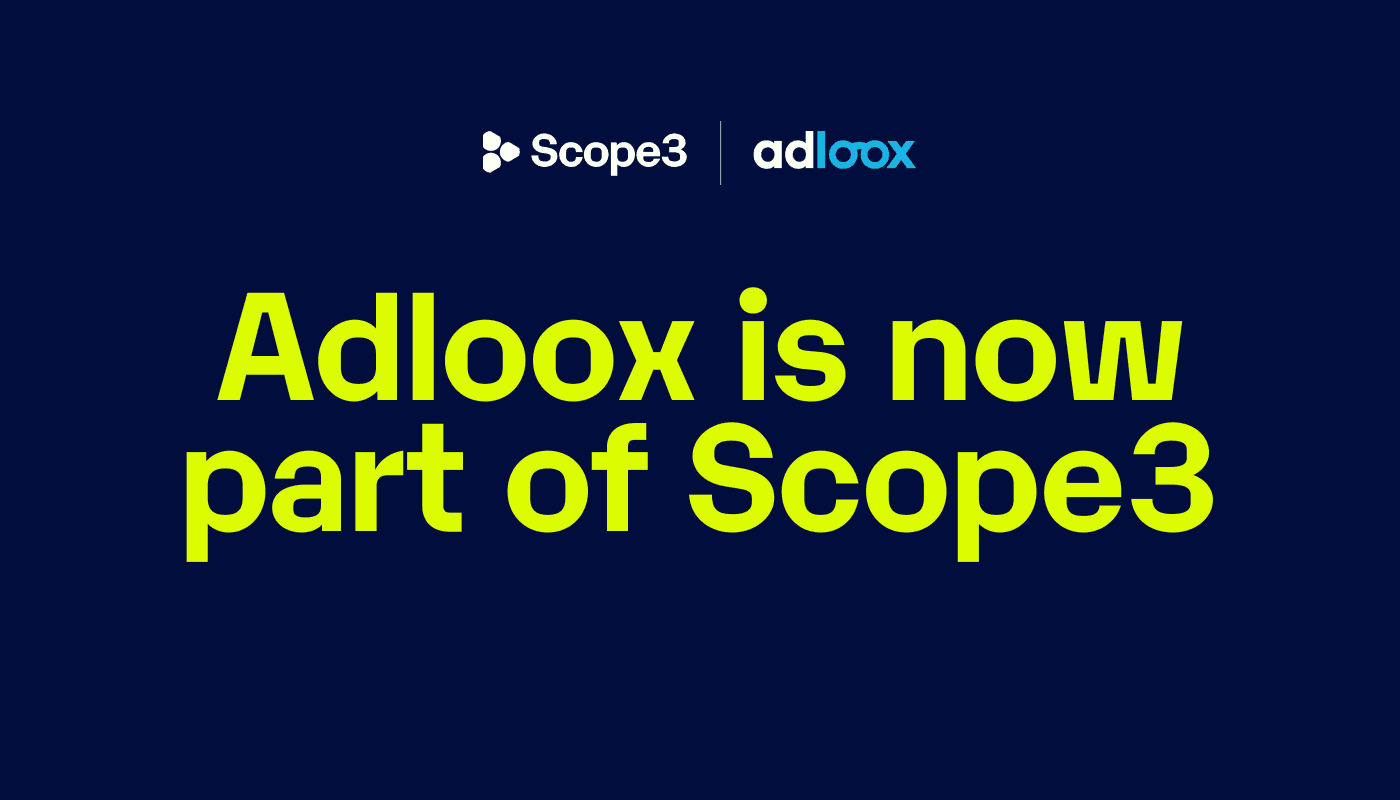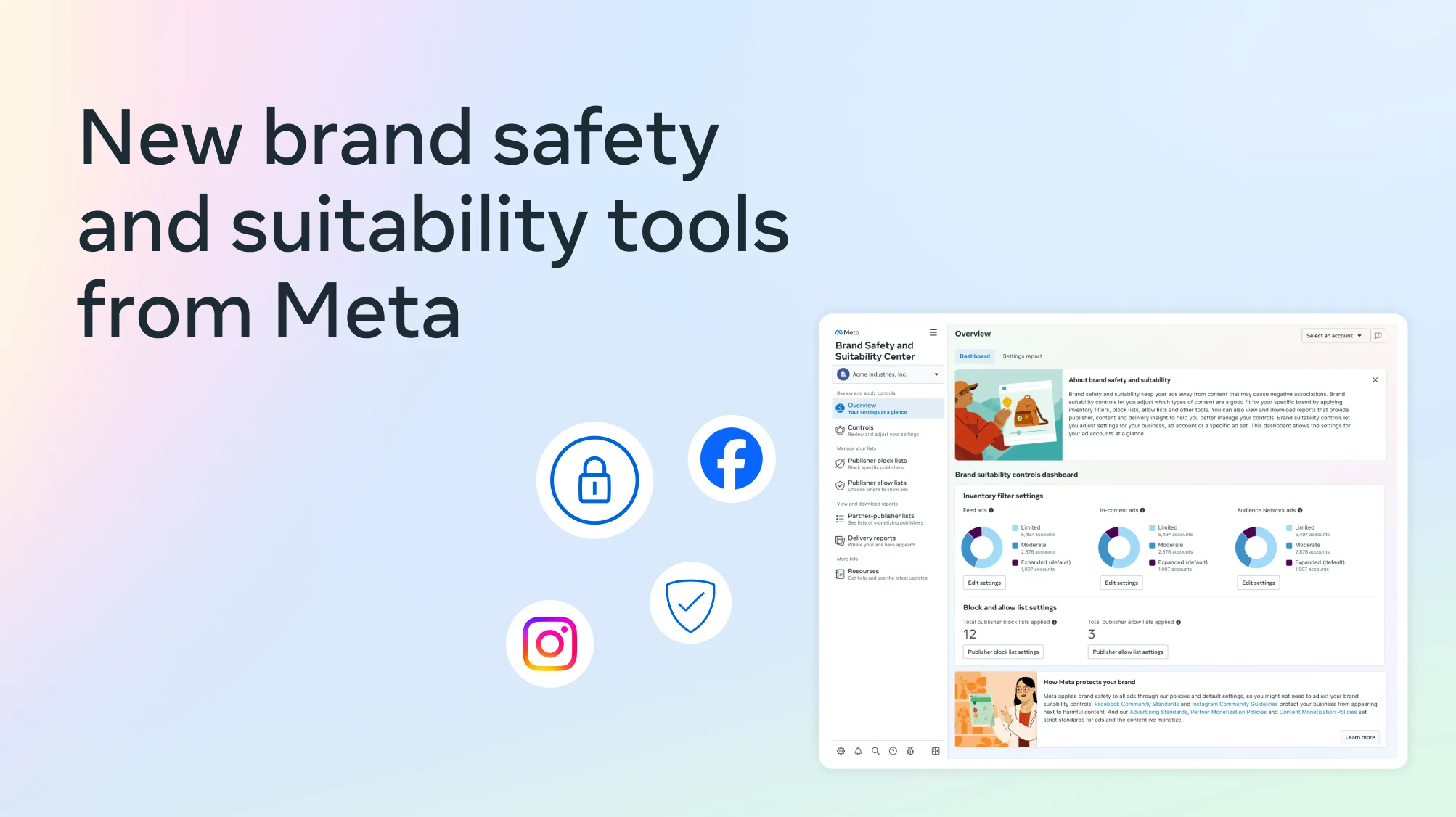Insights, Attention
4 déc. 2023
The evolution of Attention as a crucial advertising KPI has taken diverse paths with the introduction of innovative, yet unsettled, methods. The complexity in achieving effective attention measurement across various formats and environments awaits transparent review by authoritative bodies like the Media Rating Council collaborating with audit firms. The industry has been navigating between probabilistic methods, sampling overlays through panel tests, and integrating engagement-based attention models from measurement providers. These factors complicate the assessment of novel approaches, deterring advertisers from confidently selecting an attention measurement tool. Despite this, we believe these methods are complementary.
Methodologies should complement rather than conflict.
Amidst the absence of a unified definition for attention within the industry, two distinct methodologies have emerged: deterministic methods and probabilistic methods. Deterministic methods adhere to stringent criteria, surpassing market standards by incorporating factors such as active time-in-view, interaction time with creations, scrolling speed, and more. On the other hand, probabilistic methods rely on models tested on specific and limited user panels (and on limited geos/locations), employing techniques such as eye tracking or "facial coding" to analyze user expressions. The absence of a universally accepted definition has led to a proliferation of players vying for prominence in this niche, each advocating their unique way to assess the potential of attention. Some even extend their influence by proposing the purchase of their own traffic (sic) or exclusive access to private marketplaces, aligning with criteria they themselves have established. This practice introduces an element of skepticism and debate among advertisers, further complicating the selection of an appropriate attention measurement tool and metrics associated. In this dynamic landscape, it becomes imperative to explore a nuanced approach that integrates both probabilistic and deterministic methods to harness their respective strengths and ensure a comprehensive understanding of attention metrics.
Learn more about IAB Europe's standpoint on attention methods ⇲
The three-step attention model
As mentioned earlier, we believe that innovative approaches such as eye tracking are excellent for creative optimization, while our engagement-based approach is built to improve and maximize campaign effectiveness and distributions.
1. Building and optimizing creatives with probabilistic models
Using probabilistic methods like eye-tracking and "heatmapping", advertisers can fine-tune creations, identifying optimal elements such as taglines, visuals, CTAs, and more. Exploring the probabilistic realm provides a nuanced understanding, enabling the optimization of ad creatives for maximum impact.

2. Assessing fundamental efficiency through platform metrics.
Advertisers then use direct measurement on ad platforms to quantitatively assess the basic performance of their ads, gaining insights into key metrics and optimizing campaign strategies in real-time.
3. Optimizing campaigns performance with deterministic models
Employing deterministic methods such as the Adloox Attention Score, advertisers strategically optimize their placements and inventories. By harnessing robust deterministic models, they scale up advertising efficiency, precisely pinpointing optimal diffusion spots for programmatic purchases and activation on a grand scale. But to use a deterministic approach, it's important to follow the rules set for advertising measurement. Deterministic attention measurement is based on real-time criteria, not panel tests compared to real outcomes. Filtering out invalid traffic, applying minimum standards, and following Media Rating Council best practices are crucial in this process.

To summarize, probabilistic models will be a valuable ally throughout the entire creative process. For instance, it becomes highly beneficial to design apps or websites to validate messaging and item positioning. From inception to optimization, providing insights into how much attention the design can potentially attract from users. Meanwhile, basic ad platform metrics will confirm whether an ad meets the MRC viewability standards, but their assessment does not necessarily yet incorporate the entire scope and criteria related to attention as such. The Adloox Attention Score serves as the final optimization layer, unveiling the subpar quality of each placement and assisting ad ops teams in selecting the best types of placements, ad sizes, and, ultimately, inventories. It is conceived as a new currency for the industry, facilitating swift evaluation of ad campaign efficacy for advertisers and agencies, and providing guidelines for publishers to optimize website or app ad layout.
Learn more about Adloox Attention Score ⇲





